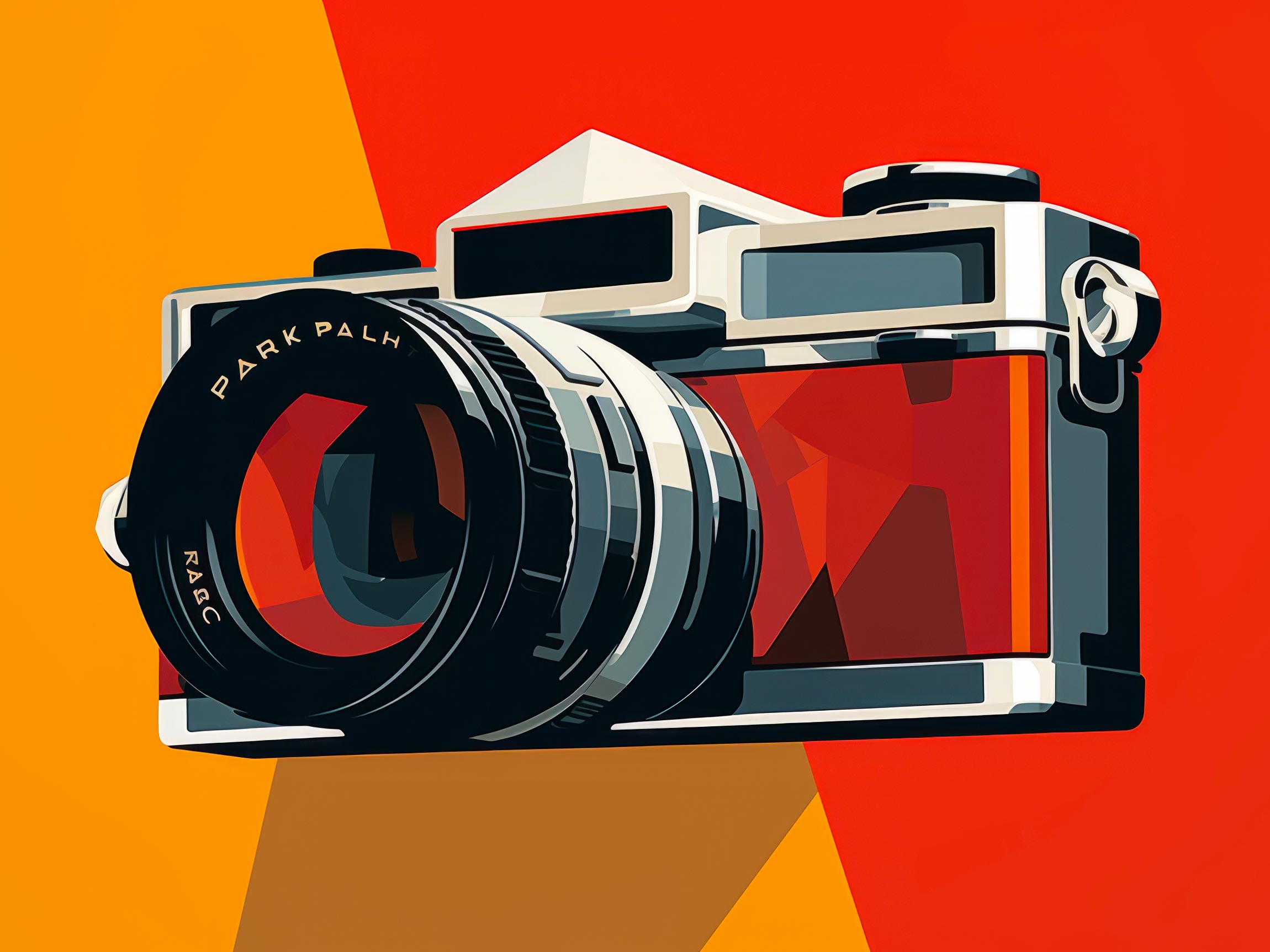From the early days of microphotography, which brought microscopic organisms into the realm of human perception, to the cutting-edge high-resolution imaging techniques that expose the intricate details of cellular structures, the marriage of biotechnology and photography has yielded captivating visual narratives that have transformed the way we perceive and understand the biological world.
Pioneering Microphotography: Unveiling the Unseen World
The advent of microphotography marked a turning point in scientific documentation. It allowed scientists to peer into the previously hidden realms of microorganisms, cells, and intricate biological structures. The early images, though rudimentary by today’s standards, were revolutionary in their ability to reveal the beauty and complexity that lay beyond the limits of human vision. These images not only captured the essence of biotech research but also ignited the imagination of generations to come.
From Film to Pixels: Technological Leaps in Imaging
The transition from traditional film to digital imaging brought newfound flexibility and precision to scientific photography. High-resolution sensors, coupled with sophisticated imaging software, enabled researchers to capture and manipulate images with unprecedented clarity and detail. This shift not only facilitated accurate documentation of experiments but also opened doors to innovative techniques such as fluorescence microscopy, confocal imaging, and super-resolution microscopy, which further expanded our understanding of the intricate mechanisms governing life.
Visualizing the Unseen: Biotech’s Iconic Images
Throughout history, certain images have become synonymous with breakthroughs in biotechnology. The first glimpse of a dividing cell, the intricate structure of DNA, and the intricate dance of molecules within a cell—all captured through a camera lens—have transcended the boundaries of laboratories, becoming iconic symbols of scientific achievement.
The Art and Science of Visualization
Biotech photography is more than just documentation; it is a blend of art and science that requires an astute eye for detail and an understanding of biological processes. Photographers in the biotech domain are like visual storytellers, tasked with distilling complex scientific concepts into images that are not only accurate but also visually engaging. Through thoughtful composition, lighting, and post-processing techniques, they transform data into dynamic visual narratives that capture the essence of scientific discovery.
Beyond Documentation: Inspiring and Educating
The role of biotech photography extends beyond research. These images serve as powerful educational tools, bridging the gap between the scientific community and the general public. In an era where visual literacy is paramount, well-crafted scientific images communicate complex concepts in a language that is universally understood.
Ethics and Impact: Navigating the Visual Landscape
As biotech photography continues to evolve, ethical considerations arise. The potential for image manipulation and the implications of altering scientific data challenge photographers to maintain the integrity of their visual narratives. Striking a balance between artistic expression and scientific accuracy is paramount, ensuring that images remain faithful to the underlying biological truths they aim to portray.
The Future Lens: Advancements on the Horizon
The trajectory of biotech photography points towards a future where technological innovations will further expand our visual understanding of the biological world. Advancements in imaging techniques, coupled with developments in artificial intelligence and machine learning, hold the promise of unlocking new dimensions of information from images. As photography continues to evolve as an indispensable tool in biotech research, the boundaries of what we can visualize and comprehend are poised to expand.


